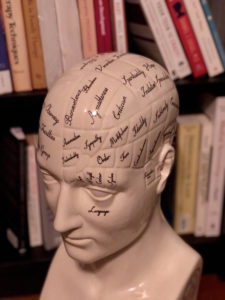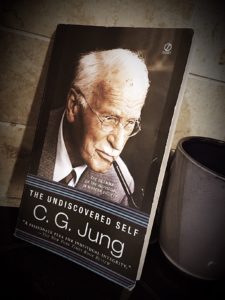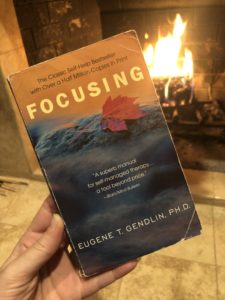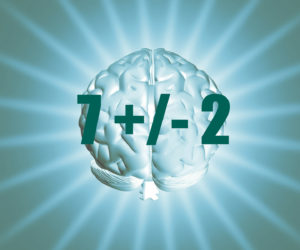
Reversal Theory “On The Couch”
This one’s not going to make much sense if you haven’t been following the Reversal Theory series, but if you want to check them out, here’s #1, #2, #3, and #4.
Here, as promised, are some RT-based techniques (and tweaks on classic techniques) that I’ve used in really cool and fun ways in therapy, to good effect.
- Intake Questions: Most clinical interview/intake questions are aimed at determining the client’s presenting issues and background information for diagnostic purposes. Sometimes, questions are included about clients’ expectations for therapy, their goals, and their perceived strengths.
- RT transformation:
- How much do you experience yourself as being serious and goal oriented? In which area of your life do you experience the best sense of “achievement”? In which area of your life do you experience that the least?
- Playful/enjoyment; Being like others/fitting in; Being an individual/freedom; etc.
- RT transformation:
- Cognitive Therapy: Thoughts, feelings and behavior are all connected, and that clients can overcoming difficulties and meet their goals by identifying and changing inaccurate, maladaptive thoughts. First steps are identifying maladaptive thoughts, evaluating them for accuracy/utility, and then developing reasonable counter-thoughts, which clients tend to struggle with.
- RT transformation:
- The opposing nature of the RT states gives a quick, easy way to begin identifying potential, but reasonable, counterthoughts. For ex, clients often have anxiety provoking thoughts such as “this storm is very dangerous” or “I can’t do well at this and that’s awful”. Clients tend to try to create counterthoughts in the same state, and these can be hard to swallow or not very accurate. For ex, “this storm isn’t all that dangerous” or “Maybe I am good enough at this after all”
- Changing states creates fresh, conceivable options. For ex, “This storm is fascinating and awe-inspiring” or “I don’t need to do well at everything to be valuable.”
- RT transformation:
- Couples Work
- Couples are taught to identify the RT states they are in during typical conflicts. They re-enact the conflicts in session, with an emphasis on “getting into the partner’s state” (each in turn) to improve empathy, reflection, and problem solving.
- Techniques to help couples see from their partner’s perspective include overt state-disclosure, switching seats, mimicking partner’s posture/expression/tone, letting the partner “paint the picture,” guessing the partner’s state, and state-mapping
- Group Work
- This is a psychodrama-type technique I call “the gauntlet.” Two rows of 4 pairs of players (“auxiliary egos”) line up and each speak from the opposing states on the problem the protagonist has identified. The protagonist (the client who is doing the current work) “walks the gauntlet” and listens, makes comments, moves players (sit down, back up, etc.), turns the volume up and down, etc., in an improvisational way.
- Guided Imagery
- In the Eight Rooms technique (specific to Reversal Theory) an individual or group is instructed by a leader in a guided imagery session. The participants envision a hallway with eight rooms, four on each side. Each pair of rooms represents a pair of RT states. The participants are instructed to enter each room and fill it with colors, objects, scents, memories, and anything that helps to define each state for them. For example, a telic room may have paneling on the walls, a large clock, diplomas, and a work desk. A paratelic room may have brightly painted walls, a hammock, a tiki bar, loud music, and a bubble-machine. The participants are instructed to use as many senses as possible and not to limit themselves to ordinary furniture or objects. They are encouraged that, after the guided imagery, they will be able to use their memory of each room in order to induce the state desired at the time.
COmment below: What ways can you imagine using RT in session?










